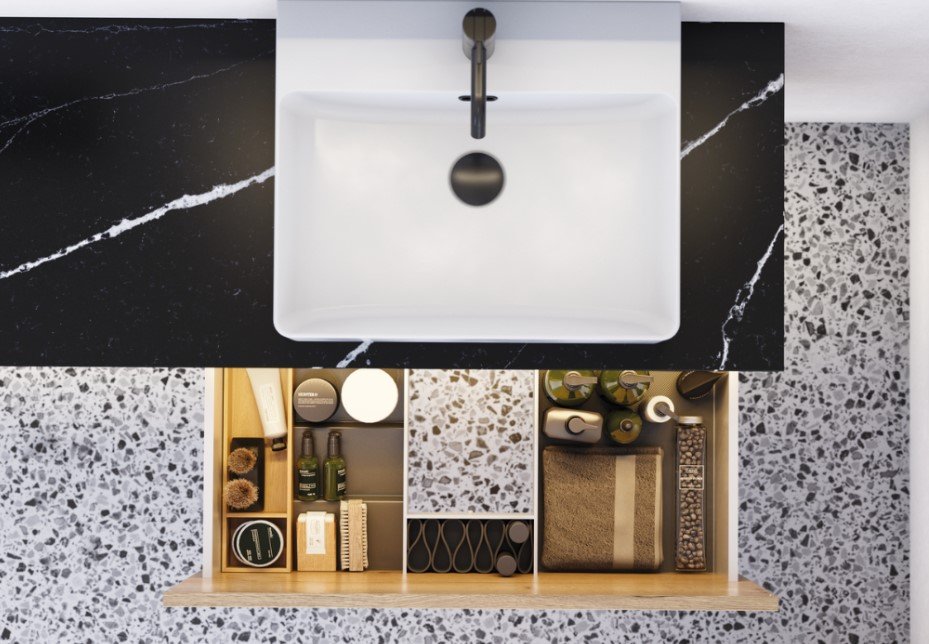Lifestyle
Shaping a bathroom that reflects your habits, identity, and daily rhythm

Many bathrooms are decorated with predictable choices, yet the room holds far more creative potential than most people realise. When approaching the bathroom, it can be helpful to shift the focus away from surfaces and technical elements and instead explore how narrative, purpose, and lifestyle can shape the space. This guide encourages you to think about the bathroom as a character-driven environment where routines and personal identity influence design choices in unexpected and engaging ways.
Functional zoning for clarity
Rather than thinking of the bathroom as a single space, divide it into zones that support specific activities. A grooming zone near the mirror. A cleansing zone near the shower or bath. A storage and preparation zone for towels and daily items. Even in a small room, zoning introduces structure and reduces mental clutter.
Containers, trays, shelving arrangements, and layout strategies all help separate functions without relying on physical partitions. Zones also help family members share the bathroom more efficiently because each person understands where items belong and where specific routines should occur.
The influence of movement and ergonomics
Bathrooms often feel inconvenient, not because of size but because movement has not been considered. Observing your natural flow offers inspiration for the bathroom and helps reduce unnecessary effort by placing objects where your body expects them.
For instance, mounting accessories at comfortable heights, choosing storage solutions that open smoothly, and arranging items along predictable pathways all improve ease of use. Ergonomic thinking does not need to be clinical. It simply ensures that the room supports the body rather than forcing the body to adjust to the room.
Colour as a behavioural tool
Colour affects behaviour more than many expect. Instead of treating colour as decoration, use it to guide actions and support habits. Warm and muted colours encourage slow and mindful routines while crisp and light palettes activate energy and focus.
Colour can also be used to define zones without adding physical barriers. A deeper shade near the shower may create a sense of privacy, while a lighter shade around the grooming area enhances clarity and concentration.
Patterns, forms, and visual rhythm
Curved shapes promote softness and relaxation. Straight lines and geometric forms project structure and clarity. Patterns can introduce rhythm when used sparingly. A repeating motif on selected surfaces or accessories helps tie the room together.
Visual rhythm also stems from the way objects interact with one another. When items share a consistent form language, the bathroom feels coherent even when the decor is minimal.
Storage as a behavioural anchor
Instead of viewing storage as a mere necessity, consider it a behavioural tool. Storage can encourage better routines by placing healthy and frequently used items within effortless reach while guiding clutter toward less prominent areas.
Placing everyday essentials at eye level reinforces consistent habits. Positioning less frequently used items in higher or lower compartments reduces disorder. Thoughtful storage helps shape behaviour without requiring constant effort.











